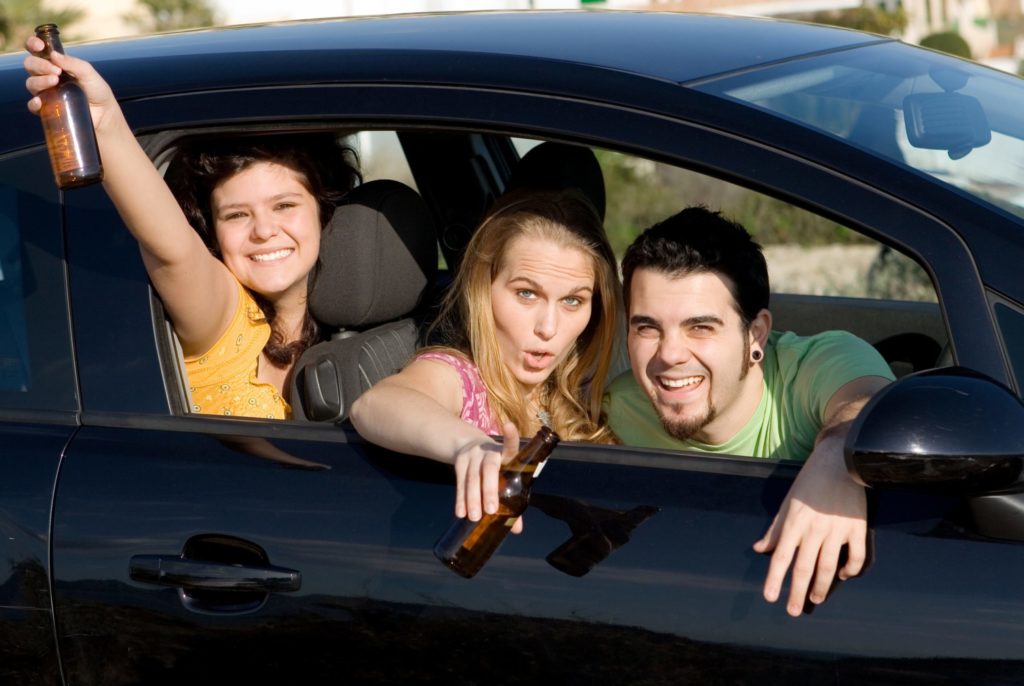Researchers and public health officials know that peer pressure to consume alcohol can lead to increased participation in various types of dangerous drinking practices. However, such pressure could have the opposite effect if a person’s peer group promotes moderate alcohol intake. In a study published in June 2014 in the journal Addiction, researchers from two British universities compared the alcohol consumption patterns of young adults in the company of moderate-drinking peers to the patterns of young adults who drink on their own. These researchers concluded that individuals who drink with peers who don’t consume excessive alcohol tend to reduce their involvement in risky alcohol-related practices.
Young Adults and Alcohol
Most young American adults drink alcohol on a fairly regular basis. According to the most recent results of an annual, nationwide federal project called the National Survey on Drug Use and Health, the peak rate of alcohol intake found in any age group (69.2 percent) occurs in people between the ages of 21 and 25. The second-highest rate of intake (67 percent) occurs in people between the ages of 26 and 29. Unfortunately, more than half of the alcohol consumers in both of these age groups engage in binge drinking, a pattern of rapid, intoxication-producing drinking noted for its association with a wide array of physical and social harms. Along with people between the ages of 18 and 20, young adults between the ages of 21 and 29 also have the highest risks for engaging in heavy drinking, a pattern of weekly or monthly alcohol consumption noted for its role in significantly increasing long-term risks for diagnosable problems with alcohol abuse and/or addiction, often requiring treatment for alcohol addiction.
Drinking and Peer Pressure
Direct peer pressure involves overtly stated offers, enticements or demands to drink or not drink. Conversely, indirect peer pressure stems from the larger social environment maintained by a group of peers, which can either favor or disfavor drinking in general, or favor or disfavor any particular level of typical alcohol intake. Some people feel compelled to follow the stated and unstated rules of alcohol use maintained by their peer groups. However, others retain a higher sense of control over their own behavior and don’t necessarily follow their peer groups’ rules.
Reducing Risky Drinking
In the study published in Addiction, researchers from Great Britain’s University of Kent and University of East Anglia compared the willingness of a young adult drinking alcohol alone to engage in risky behaviors to the willingness of a young adult drinking moderate amounts of alcohol in the company of others. All told, 101 people between the ages of 18 and 30 took part in the study. These individuals, all part of small groups of four to six people, were approached in social settings where alcohol consumption commonly occurs. The researchers asked each participant to describe how willing he or she was to take part in risky alcohol-related behaviors like driving a car. Next, they posed similar questions to each group of peers as a whole. After comparing the individual responses of the study participants to the group responses, the researchers found that young adults who consume alcohol on their own are significantly more likely to make risky decisions than young adults who consume alcohol moderately with a group of peers. When exploring the reasons for this tendency, they concluded that young adults who drink moderate amounts of alcohol with their peers likely pay close attention to other members of the group and offer warnings or advice that can thwart the urge to behave in risky ways. Not all of the groups participating in the study included people who consumed alcohol. When the researchers compared the alcohol-consuming groups to the non-alcohol-consuming groups, they found that the moderate alcohol consumers actually made less risky decisions than the non-consumers. However, individual alcohol consumers made riskier decisions than their non-drinking individual counterparts. Overall, both the drinking and non-drinking social groups made less risky decisions than the individual drinkers and non-drinkers. The study’s authors believe that the particular value of their work lies in its exploration of the impact of alcohol-related group decision-making in a natural setting rather than in a laboratory.






